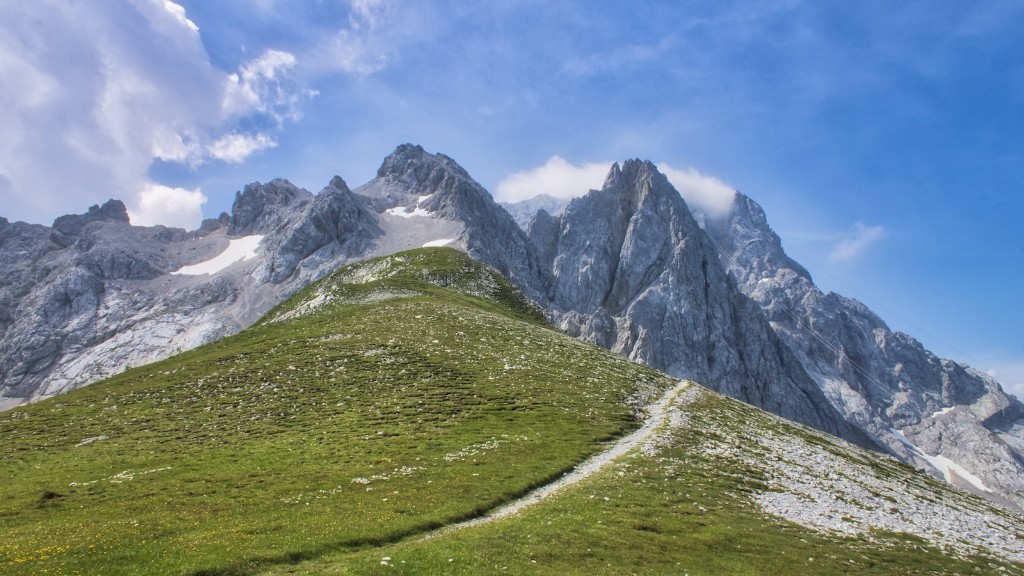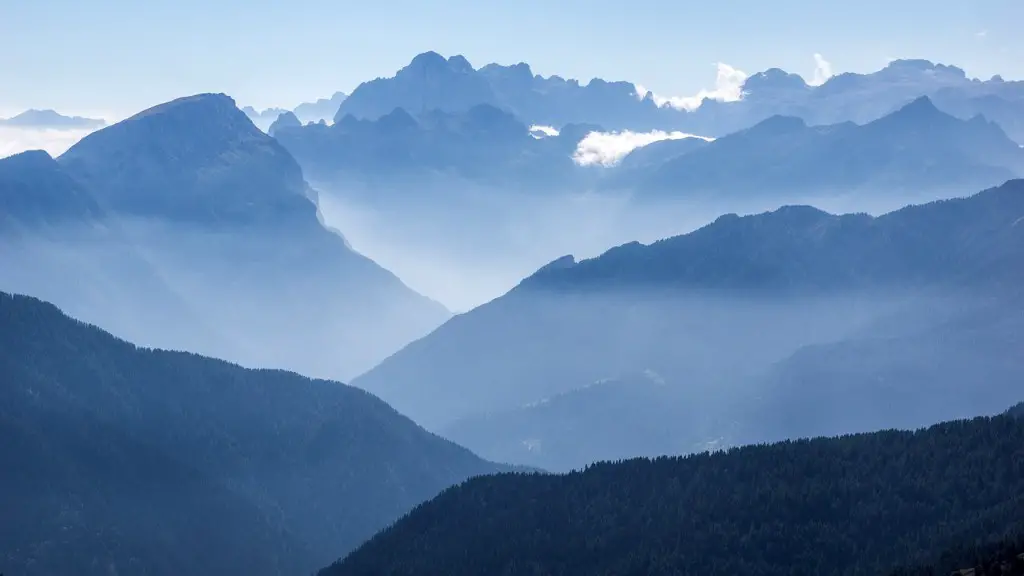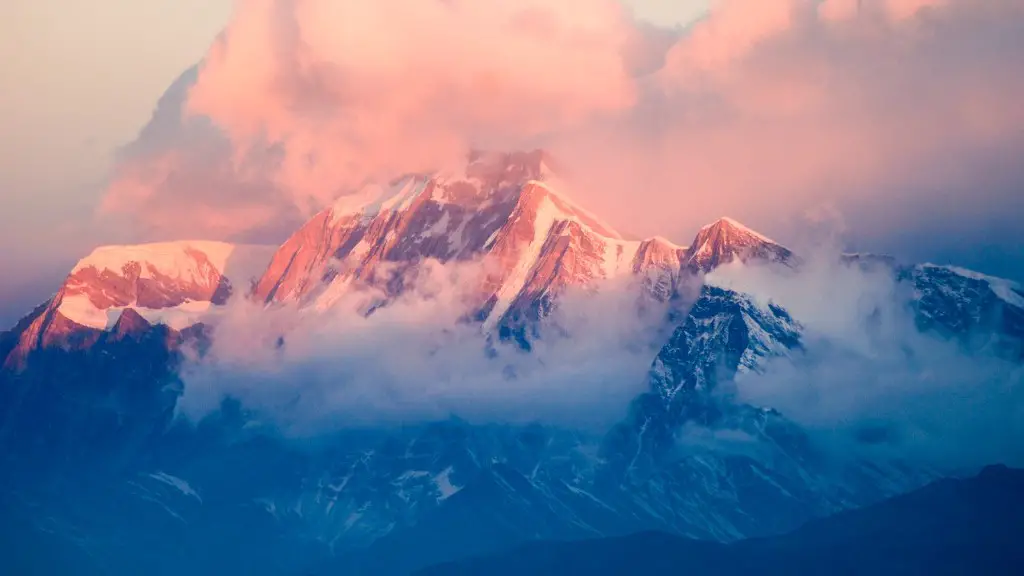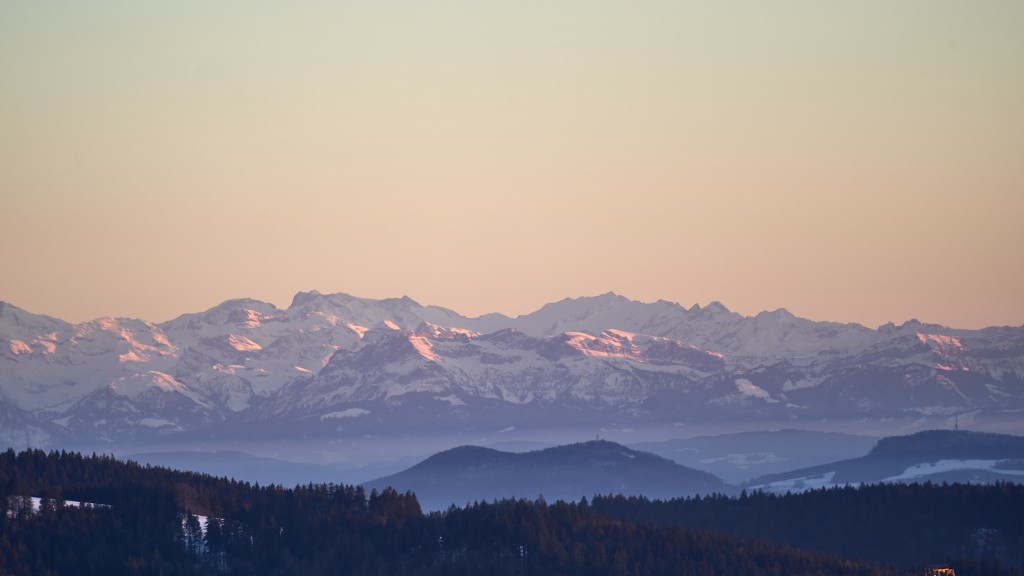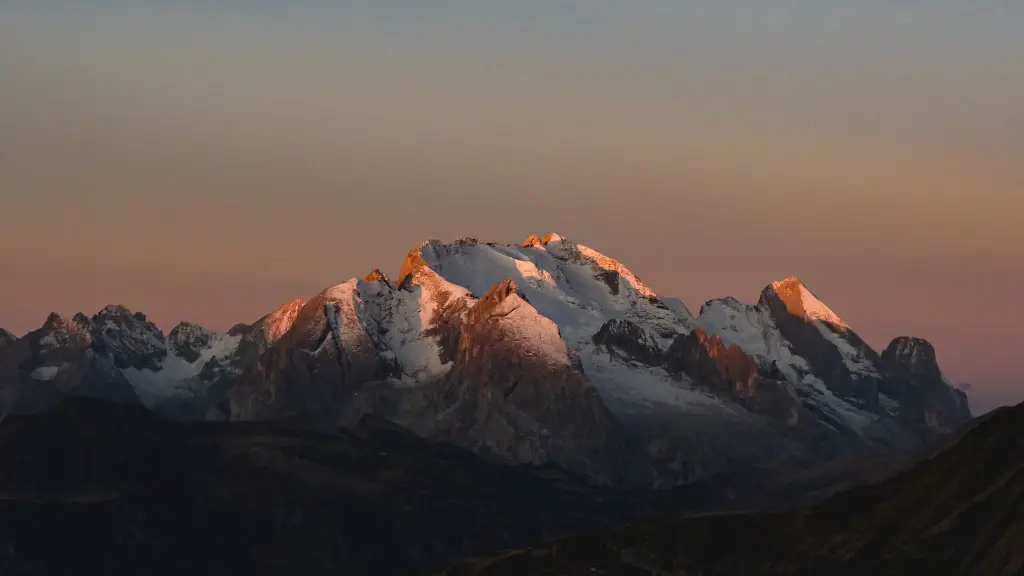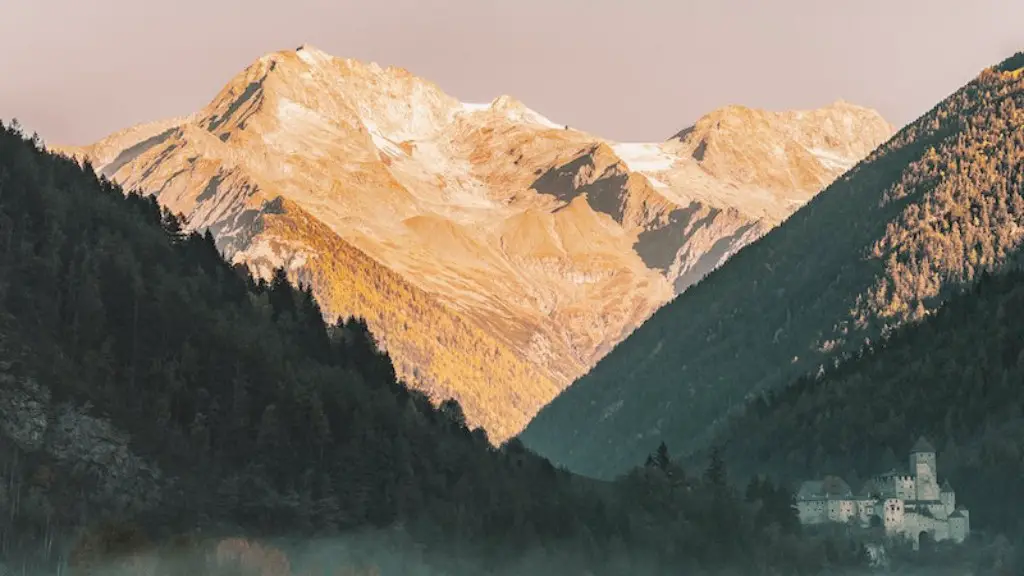Mount Fuji is a mountain located in Shizuoka Prefecture, Japan. It is the highest mountain in Japan, reaching an elevation of 3,776 m (12,388 ft). Mount Fuji is an active volcano, and last erupted in 1707. The mountain is a popular tourist destination, and many people climb to the summit each year. There are a number of things to do in Mount Fuji, including hiking, camping, and taking in the beautiful views.
There are a number of things that you can do when you visit Mount Fuji. You can go hiking, climbing, take in the sights, and enjoy the local cuisine.
What activities occur on or around Mount Fuji?
Mount Fuji is a popular tourist destination in Japan and is well known for its stunning views. There are many different ways to view Mount Fuji, from climbing to the top, to taking a scenic drive around the base, to visiting one of the many viewing spots around the mountain.
One of the best ways to see Mount Fuji is from Kawaguchiko (Kawaguchi Lake). This lake is located at the base of Mount Fuji and offers stunning views of the mountain. There are also many different tourist attractions around the lake, such as the Chureito Pagoda, the Oshino Hakkai, and the Fujiyoshida Sengen Shrine.
Another great way to see Mount Fuji is from the Fuji Subaru Line 5th Station. This is a mountain road that winds its way around Mount Fuji and offers some of the best views of the mountain. There are also many different hiking trails that start from the 5th station, so it is a great place to start a hike up Mount Fuji.
If you are interested in learning more about Mount Fuji, one of the best places to visit is the Itchiku Kubota Art Museum. This museum is dedicated to the life and work of Itchiku Kubota, a famous Japanese
Mount Fuji is an active volcano that has erupted more than 15 times since 781. However, it has been dormant since an eruption in 1707 and its last signs of volcanic activity occurred in the 1960s. Given concerns about the extensive damage that would be caused by an eruption, Fuji is monitored 24 hours a day.
Why visit Mount Fuji
Mt Fuji is a sacred mountain to both Shintoists and Buddhists. For centuries, people have climbed the mountain as a form of holy pilgrimage. Today, travellers and climbing enthusiasts from all over the world flock to Mt Fuji to experience its sacredness.
Climbing Mt. Fuji is only allowed during the period when trails are open in the summer. At any other time, trails and huts are closed, and it is very dangerous to climb the mountain. Please only attempt to climb Mt. Fuji during the designated climbing season.
What are 5 interesting facts about Mount Fuji?
1. Mount Fuji is three volcanoes in one.
2. Women were forbidden to climb it until 1868.
3. It is a sacred mountain.
4. It was first climbed by a monk.
5. It is a symbol of Japan.
6. It is an active volcano.
7. It last erupted in 1707.
8. It is surrounded by five beautiful lakes.
9. Every year, around 300,000 people climb Mount Fuji.
10. The best time to climb Mount Fuji is in July and August.
Mt Fuji is an iconic mountain in Japan and is a UNESCO natural heritage site. It’s a popular destination for tourists from all over the world who come to see its beauty. If you’re lucky enough to see it in person, you’ll understand why it’s such a popular spot.
What is Fuji city known for?
Positioned at the base of beautiful Mount Fuji, Fuji City has long been known for its papercraft and paper manufacturing. The city is home to many traditional papermaking studios and shops, as well as a number of museums and galleries dedicated to the art of papermaking. Visitors to Fuji City can experience the traditional process of papermaking first-hand, and also purchase a wide variety of handcrafted paper products.
Mt. Fuji is one of Japan’s most iconic landmarks. It’s cone shape and beautiful magnificence have made it a popular subject for paintings and literature over the centuries. Today, it is globally recognized as a symbol of Japan.
What happens if Fuji erupted
If Mt. Fuji were to erupt, it is possible that volcanic ash would fall over a large area. The ash would likely pile up thickly near the crater, but would thin out as the distance from the crater increased. However, the distribution of the ash would be greatly affected by wind direction, speed, and the size of the eruption.
It is very important to acclimatize when climbing Mt. Fuji. Many people don’t make it to the top because they don’t take the time to adjust to the altitude. It is recommended that climbers stay near the base of the mountain the night before and/or wait an hour at the 5th station before starting in order to acclimatize.
Why do Japanese people love Mt. Fuji?
There is no question that Japan’s Mount Fuji is one of the most recognizable and iconic mountains in the world. Its perfectly conical shape and symmetrical lines are instantly recognizable and its stature in Japanese culture is undeniable. For many, Fuji is seen as a sacred mountain, a natural symbol of the country that is deeply engrained in the national psyche. From all walks of life, Japanese people attest to the power of this mountain and it is easy to see why.
Mount Fuji is a sacred mountain in Japan and has been a popular spot for climbers for many years. The recent introduction of a mandatory climbing fee has helped to protect and maintain the trails, and the cost of the pass is very reasonable. Buses from Kawaguchiko train station to the 5th Station are also very affordable, making Mount Fuji a great option for a day trip from Tokyo.
Are there toilets on Mount Fuji
The toilets on Mount Fuji are ecological toilets that use oyster shells, sawdust, and other materials to break down waste. You can use the toilets at the mountain huts as well as public toilets during the climbing season. Keep in mind that all toilets on the mountain will be busy during the peak season, so plan accordingly.
Camping is not allowed on the slopes of Mount Fuji due to the dangers it presents. Please be aware of this and do not camp in this area. Thank you for your understanding.
Can you climb Fuji in a day?
Mount Fuji is one of Japan’s most iconic landmarks and is a popular destination for both foreigners and locals alike. The climbing season for Mount Fuji runs from July 1st to September 14th, and is a great way to get outdoors and enjoy the fresh air. You can take a direct bus from Shinjuku to about halfway up the mountain, and then climb to the summit from there. If you’re physically fit, you can make the climb in one day, but it’s often better to spend a night in a mountain hut on the mountain (or just climb through the night). Mt. Fuji is a great experience and something that you won’t want to miss while in Japan!
The 1707-1708 eruption of Mt. Fuji was the largest eruption in recorded history. It ejected 08 cubic km of ash, blocks, and bombs, and caused extensive damage to the surrounding area. However, there were no fatalities. Five historic eruptions have caused damage, but no fatalities. Fuji had two large eruption (VEI=5) in 1050 and 930 BC.
What animals live on Mt. Fuji
There are around 37 different species of animals recorded as living on or around Mt Fuji. Though the serow and black bears are considered the most significant and certainly the most impressive, 100 species of bird make the foothills of Mt their home. You may even be lucky enough to spot a Japanese macaque, the only non-human primate species found in Japan.
Mount Fuji is a beautiful sight, and it is actually made up of several overlapping volcanoes. The eruption of these volcanoes began in the Pleistocene Epoch, and the most recently active volcano is known as Younger Fuji. This volcano began forming 11,000 to 8,000 years ago.
Warp Up
There are many things that you can do in Mount Fuji. You can go hiking, mountain climbing, skiing, and even take a cable car to the top of the mountain. You can also enjoy the views of Mount Fuji from many different observation decks and points.
Mount Fuji is a popular destination for both local and international tourists. There are many things to do in Mount Fuji, including hiking, climbing, skiing, and viewing the beautiful scenery. No matter what your interests are, you can find something to do in Mount Fuji that will suit your needs.
